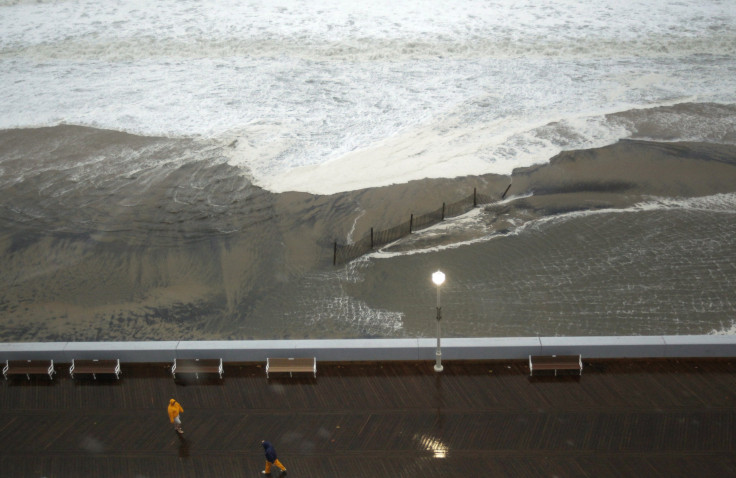Washington, D.C. Is At Risk Of Being Overrun By Flooding, And It Is Not Because Of The Rising Sea Levels: Report

The capital of one of the most powerful nations in the world, the United States, is sinking and will be more prone to flooding, suggest a team of researchers from the University of Vermont and the U.S. Geological Survey, or USGS. The research team estimates that in the next 100 years, the land under Washington, D.C. will sink more than 6 inches.
The research team further claims that the sinking is not because of rising sea levels due to climate change. Instead, an entirely independent geological phenomenon called "forebulge collapse" is making the capital sink.
Forebulge collapse refers to the geological ups and downs that have been taking place since the Ice Age. With the melting of the ice sheet, the land began to settle down nearly 20,000 years ago. "It's a bit like sitting on one side of a water bed filled with very thick honey. When you stand, the bulge comes down again," explained lead author and geologist Ben DeJong, of the USGS.
“It’s ironic that the nation’s capital – the place least responsive to the dangers of climate change – is sitting in one of the worst spots it could be in terms of this land subsidence. What’s next? Forebulge denial?”
The team conducted their study along the Blackwater National Wildlife Refuge. The low-elevation area borders the Chesapeake Bay and has been sinking rapidly. The complete details of the study have been published in the journal Geological Society of America.
The research team believes that it's time for the nation to start making preparations, since an extra 6 inches of water could matter a lot in terms of an oncoming disaster. The situation is even more worrisome since the sinking of the capital is expected to be accompanied by rising sea levels around the Chesapeake Bay region.
Several low-lying cities and countries across the world have adopted different methods to prepare for potential floods due to rising sea levels. The Netherlands, for example, makes use of the system of locks, dikes, dams and surge barriers at the mouth of the rivers to protect the flood water from coming onto the mainland.
© Copyright IBTimes 2024. All rights reserved.











